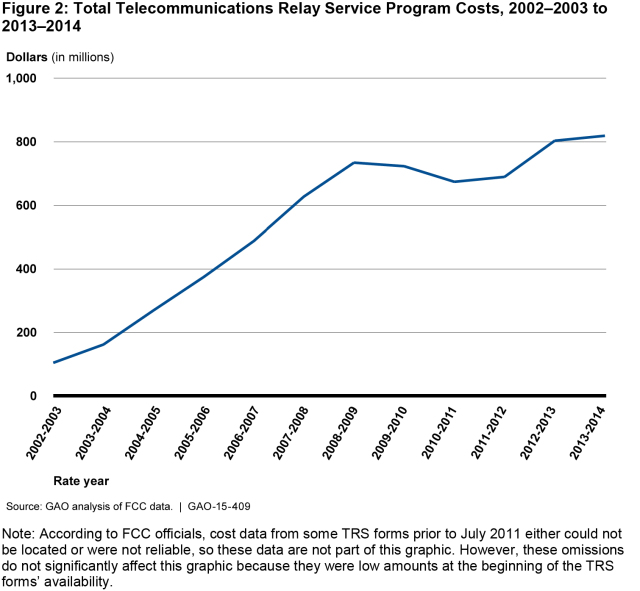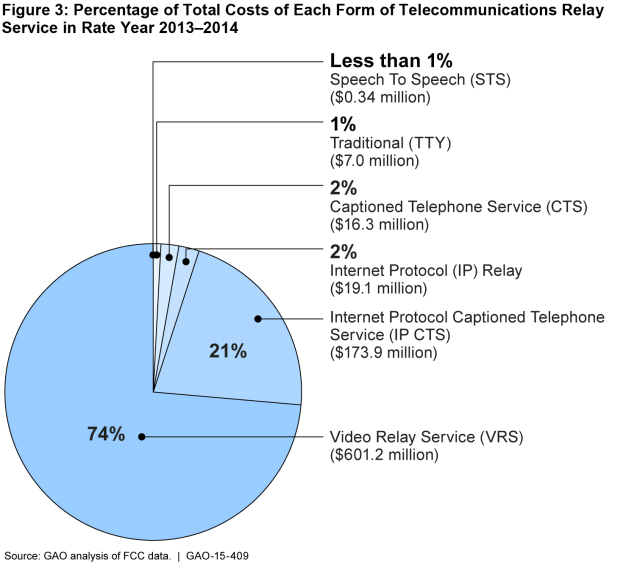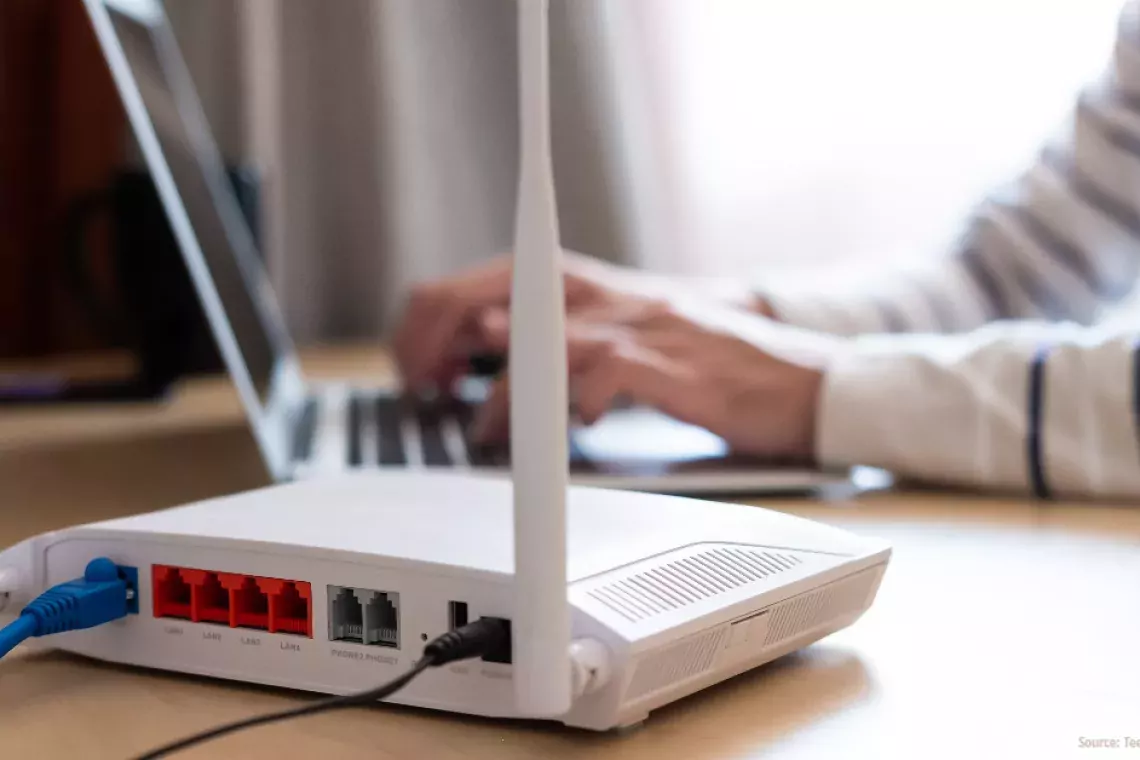Answering the Call—Phone Help for People with Hearing and Speech Disabilities
Picking up the phone to talk to friends and family, or to discuss personal matters with a doctor or lawyer, is so simple that most of us don’t think twice about it. But what if you have a hearing or speech disability?
For Helen Keller Deaf-Blind Awareness Week, we explore the Federal Communications Commission’s Telecommunications Relay Service, a program that uses technology to facilitate phone calls for people with hearing or speech disabilities.
Making connections
The Telecommunications Relay Service allows people with hearing or speech disabilities to place and receive telephone calls (usually to people without such disabilities).
There are 6 main forms of TRS, many of which rely on communications assistants who act as interpreters or facilitators between the two parties having the conversation:
- Text Telephone: Traditional TRS, where a person types a message, and a communications assistant reads it to the other party and types back the response.
- Video Relay Service: A communications assistant uses American Sign Language and video conferencing to translate for two parties.
- Speech-to-Speech Relay Service: A communications assistant repeats what someone with a speech disability says in order to make it clearer to the other person.
- Internet Protocol Relay Service: Similar to Text Telephone but this form uses the Internet rather than traditional phone lines.
- Captioned Telephone Service: This requires a special telephone with a text screen that displays captioning of what the other person is saying.
- Internet Protocol Captioned Telephone Service: One of the newest forms of TRS, this uses the Internet rather than a telephone network for Captioned Telephone Service.
More calls, and more costs
The cost of providing TRS has been growing over the years, largely because more people are using the technology. However, while total time spent using TRS increased by almost 400% from 2002 to 2014, costs during the same period increased by almost 700%.

(Excerpted from GAO-15-409)
So, why are costs growing faster than use? To some extent, it’s because TRS relies on the talents of people trained to sign, type, or otherwise help people communicate—consequently, salary costs can be driven up by trying to find people in a limited talent pool.
Additionally, one of the more popular forms of TRS is also one of the more expensive to run. The Video Relay Service lets people communicate at roughly 200 words-per-minute instead of the 60 words-per-minute of traditional TRS. Moreover, it’s more natural for people whose native language is American Sign Language, and can better convey the emotion and nuance of a conversation, providing a richer communication experience.
However, Video Relay Service requires not only sign language interpreters, but also a more expensive video link between the person who is hearing disabled and the interpreter. This form of TRS was, in fact, the costliest in 2013-2014.

(Excerpted from GAO-15-409)
Demand for TRS is expected to continue to grow as the population ages and embraces technology. For example, the Internet Protocol Captioned Telephone Service is the fastest-growing type of TRS and it is particularly suited to people who can speak clearly and still have some hearing. So, as baby boomers age and experience hearing loss, they may start using captioned telephone service to help them catch everything being said in a phone conversation—the same way many watch TV with subtitles even if they don’t necessarily have hearing loss.
See our recommendations to the FCC on improving the management of TRS and check out the full report.
- Comments on GAO’s WatchBlog? Contact blog@gao.gov.
GAO Contacts
Related Products

GAO's mission is to provide Congress with fact-based, nonpartisan information that can help improve federal government performance and ensure accountability for the benefit of the American people. GAO launched its WatchBlog in January, 2014, as part of its continuing effort to reach its audiences—Congress and the American people—where they are currently looking for information.
The blog format allows GAO to provide a little more context about its work than it can offer on its other social media platforms. Posts will tie GAO work to current events and the news; show how GAO’s work is affecting agencies or legislation; highlight reports, testimonies, and issue areas where GAO does work; and provide information about GAO itself, among other things.
Please send any feedback on GAO's WatchBlog to blog@gao.gov.




